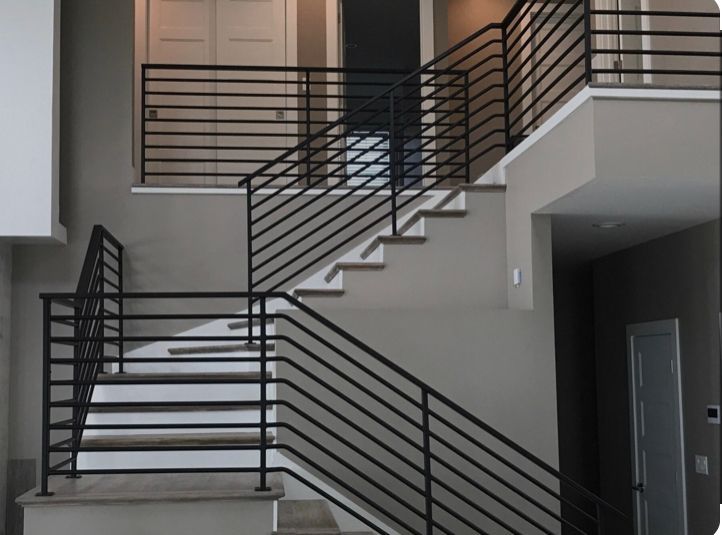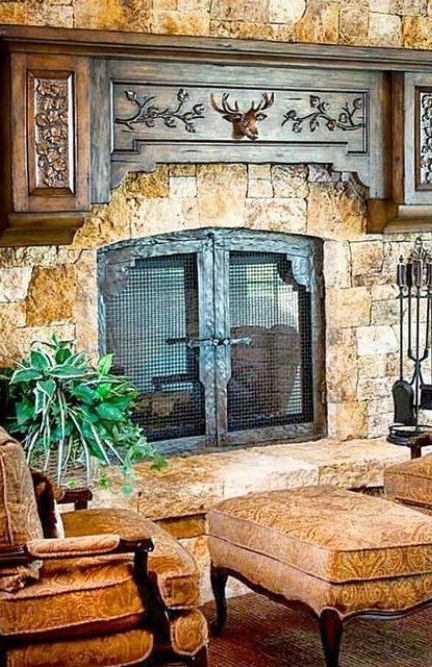Article
Metal Finishes for Your Home
Choosing the Right Metal Finish for Your Home
When it comes to interior design, the finishing touches can make all the difference. One of the most impactful elements to consider is the choice of metal finishes throughout your home. From door handles to light fixtures, the right metal finish can elevate your space, adding character, warmth, and style. But with so many options available, how do you choose the perfect finish for your home? Let's explore some popular metal finishes and their unique characteristics to help you make an informed decision.
1. Polished Chrome:
- Known for its sleek and modern appearance, polished chrome adds a touch of sophistication to any room.
- Its reflective surface creates a bright and polished look, making it ideal for contemporary spaces or those seeking a minimalist aesthetic.
- Polished chrome pairs well with neutral color schemes and can effortlessly blend with a variety of design styles.

2. Brushed Nickel:
- Offering a subtle and understated elegance, brushed nickel features a matte finish with delicate brushed lines.
- This versatile finish complements both traditional and transitional decor, adding a touch of refinement to any room.
- Brushed nickel is a popular choice for fixtures and hardware in kitchens and bathrooms, as it resists fingerprints and water spots.

3. Antique Brass:
- For those seeking a vintage-inspired look, antique brass delivers timeless charm and warmth.
- Characterized by its aged appearance and rich patina, antique brass adds a sense of history and nostalgia to interior spaces.
- This finish pairs beautifully with traditional and eclectic decor styles, infusing rooms with a sense of old-world charm and character.

4. Oil-Rubbed Bronze:
- With its deep, rich tones and subtle texture, oil-rubbed bronze exudes a sense of rustic elegance.
- This finish is perfect for creating a cozy and inviting atmosphere, particularly in spaces with warm color palettes or natural materials.
- Oil-rubbed bronze is a popular choice for hardware and accents in farmhouse, industrial, and transitional interiors, adding depth and visual interest to any room.

5. Matte Black:
- Sleek, modern, and effortlessly chic, matte black offers a striking contrast against lighter surfaces, creating a bold focal point in any room.
- This versatile finish complements a wide range of design styles, from contemporary to industrial to minimalist.
- Matte black adds a touch of drama and sophistication to interiors, making it an excellent choice for fixtures, hardware, and accents in kitchens, bathrooms, and beyond.

When selecting a metal finish for your home, consider the overall aesthetic you wish to achieve, as well as the existing decor and color palette. Whether you prefer the contemporary shine of polished chrome or the timeless allure of antique brass, choosing the right metal finish can help you create a space that is both stylish and inviting. So go ahead, explore your options, and let your personal style shine through in every detail of your home.

share this
Related Articles
Related Articles


601 E 1860 S
Provo, Ut 84604
Jordan Martin
Chris Martin
